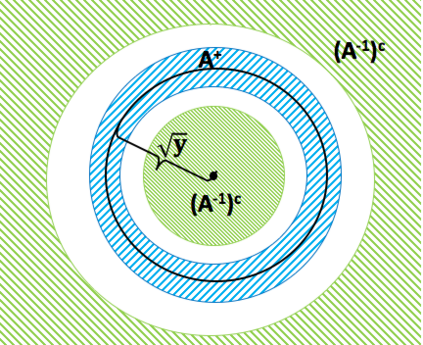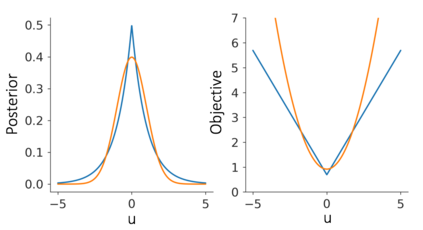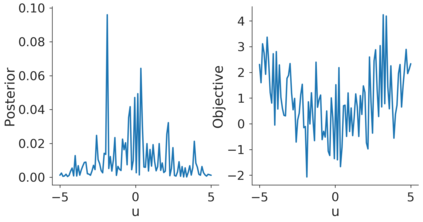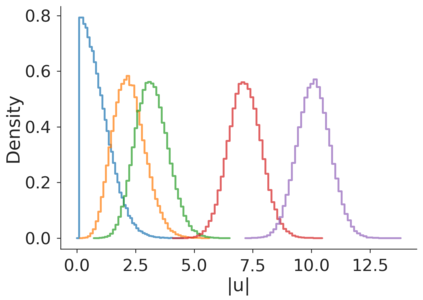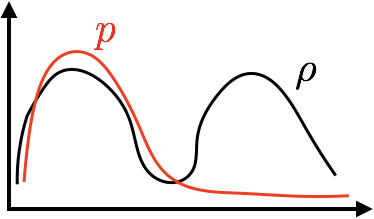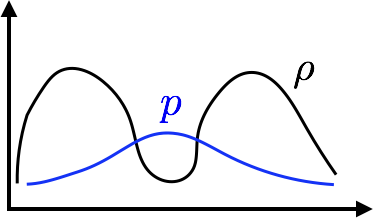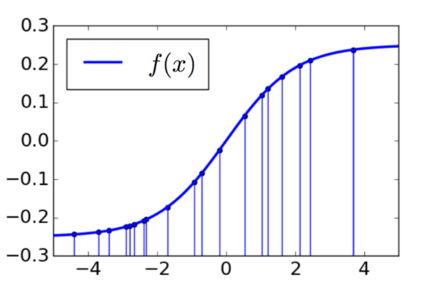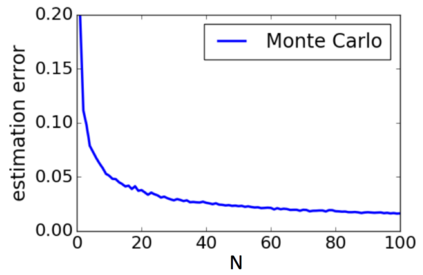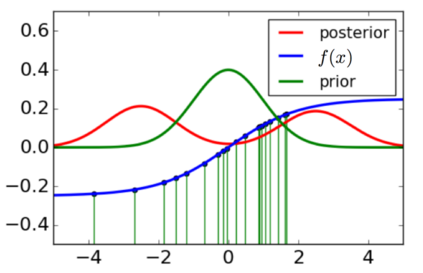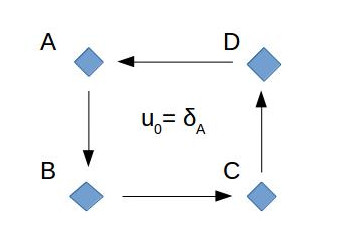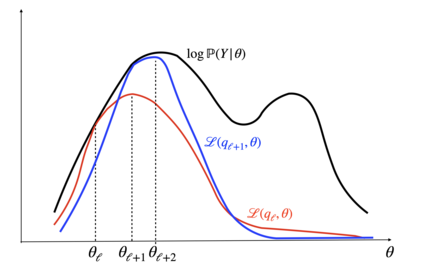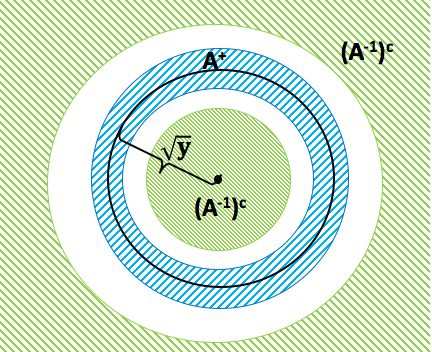These notes are designed with the aim of providing a clear and concise introduction to the subjects of inverse problems and data assimilation, and their inter-relations, together with citations to some of the relevant literature in this area. The first part of the notes is dedicated to studying the Bayesian framework for inverse problems. Techniques such as importance sampling and Markov chain Monte Carlo methods are introduced; these methods have the desirable property that in the limit of an infinite number of samples they reproduce the full posterior distribution. However, since it is often computationally expensive or intractable to implement these methods, especially in high-dimensional settings, techniques such as approximating the posterior by a Dirac or a Gaussian distribution are introduced and studied. The second part of the notes covers data assimilation. This refers to a particular class of inverse problems in which the unknown parameter is the initial condition (and/or state) of a dynamical system, and the data comprises partial and noisy observations of the (possibly stochastic) dynamical system. The third and final part of the notes describes various topics which blend the theory of inverse problems, data assimilation, and machine learning. It is shown that ideas from data assimilation may be used to study generic inverse problems, by introducing an artificial algorithmic time. Furthermore, whilst ideas from machine learning appear in the first two parts of the notes, the final part overviews the main ways in which machine learning is impacting on, and has the potential to impact on, both the subjects of inverse problems and data assimilation.
翻译:这些注释旨在明确和简洁地介绍反问题和数据同化的主题及其相互关系,并引证这一领域的一些相关文献。这些注释的第一部分专门研究巴伊西亚反问题的框架。采用重要取样和Markov链链蒙得卡洛方法等技术;这些方法具有可取的属性,在无限数量的样本中,它们复制完整的后部分布。然而,由于采用这些方法往往在计算上昂贵或难以做到,特别是在高维环境中,采用类似Dirac或Gausian发行的近似外表影响等技术。这些注释的第一部分专门研究拜拜拜拜研究反问题框架;采用诸如重要取样和Markov链蒙德卡洛方法等技术;这些方法具有可取的属性,在无限数量的样本中,它们复制了完整的后部。然而,由于对(可能具有疑义的)动态系统的动态系统进行部分观测,因此,这些方法往往具有成本或棘手性。这些方法的第三部分和最后一部分描述了将反常态观点的理论与反常态理论混为一体的课题,在机器的同化、数据学习过程中,数据和机器的学习过程的学习过程也显示出了两种问题。数据学过程。数据和数据的学习过程的演化过程。数据学学过程可能显示。数据学过程的学习过程。

